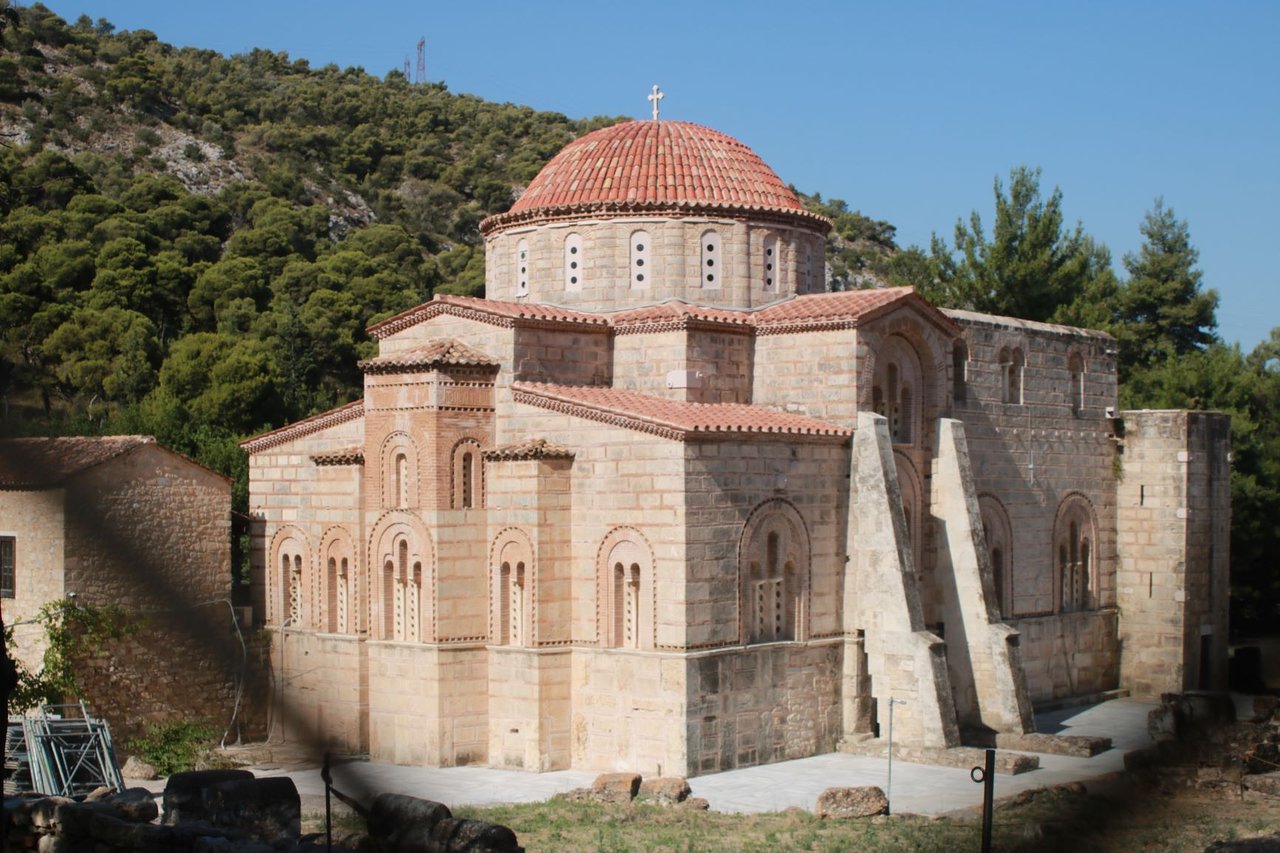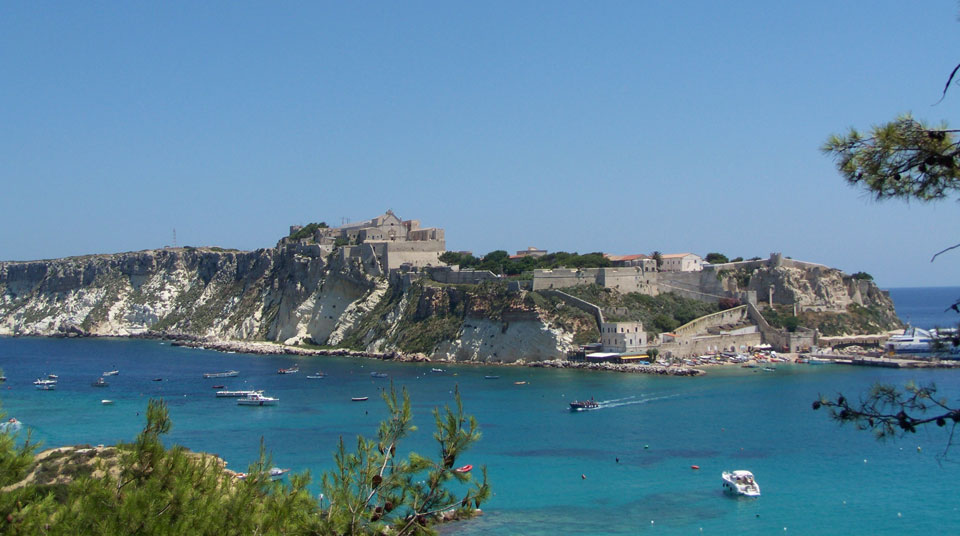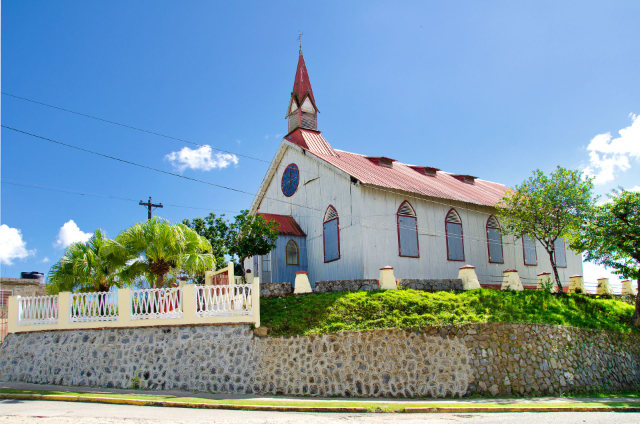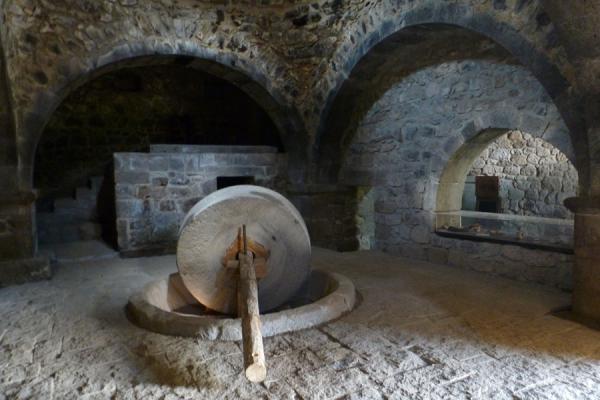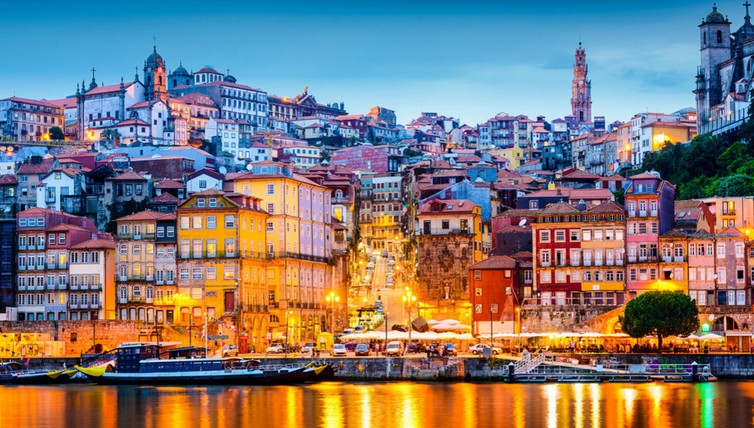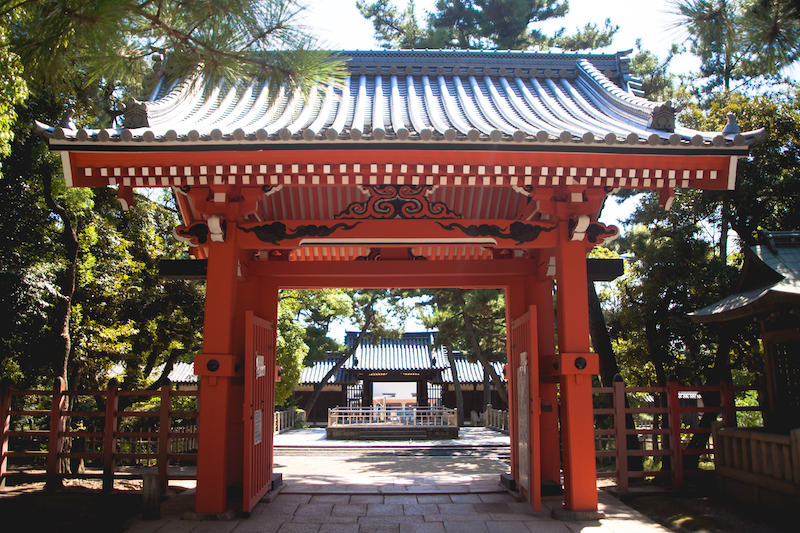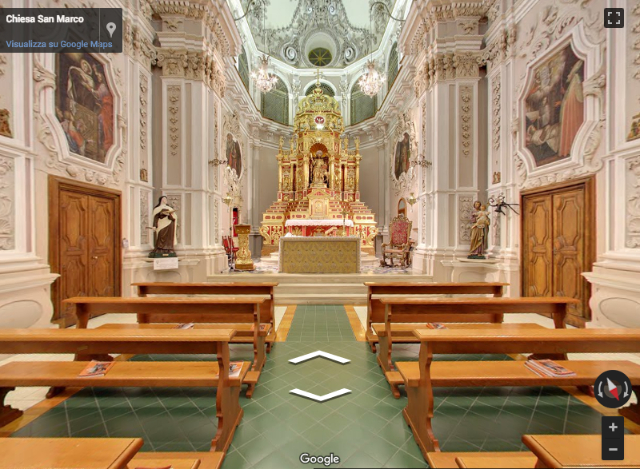The monastery of Dafni, or Daphnion, in Greece, is a beautiful structure surrounded by greenery a few kilometers from the Greek capital, Athens. A wonderful setting to contemplate the art and beauty of one of the most evocative places of worship in Greece. In 1990 the monastery of Daphni officially became part of the list of UNESCO World Heritage Sites. Unfortunately, in 1999, a violent earthquake seriously damaged it. For this reason, the monastery was closed to the public for several years to allow for the necessary restoration work.
The name of the monastery of Daphni is linked to one of the most significant examples of mosaic art of the Comnenian period, dating back to the mid-twelfth century and characterized by a recovery of classicist stylistic features, which show a search for compositional harmony, chromatic balance, well-structured plastic forms. The program follows the canonical Byzantine one, with the Pantocrator on the vault of the dome, prophets in the drum of the dome, the Virgin Platytera with two archangels on the apsidal basin, four of the Great Feasts of the Byzantine calendar (Annunciation, Nativity, Baptism, Transfiguration) and other scenes from the life of Christ in the naos, together with the Birth of the Virgin and scenes from the life of the Virgin and the Passion. There is no lack of dynamic indications of the bodies, according to the typical Comnenian language, which, moreover, initiate the stylistic developments of the 12th century and the proto-paleologue age.
